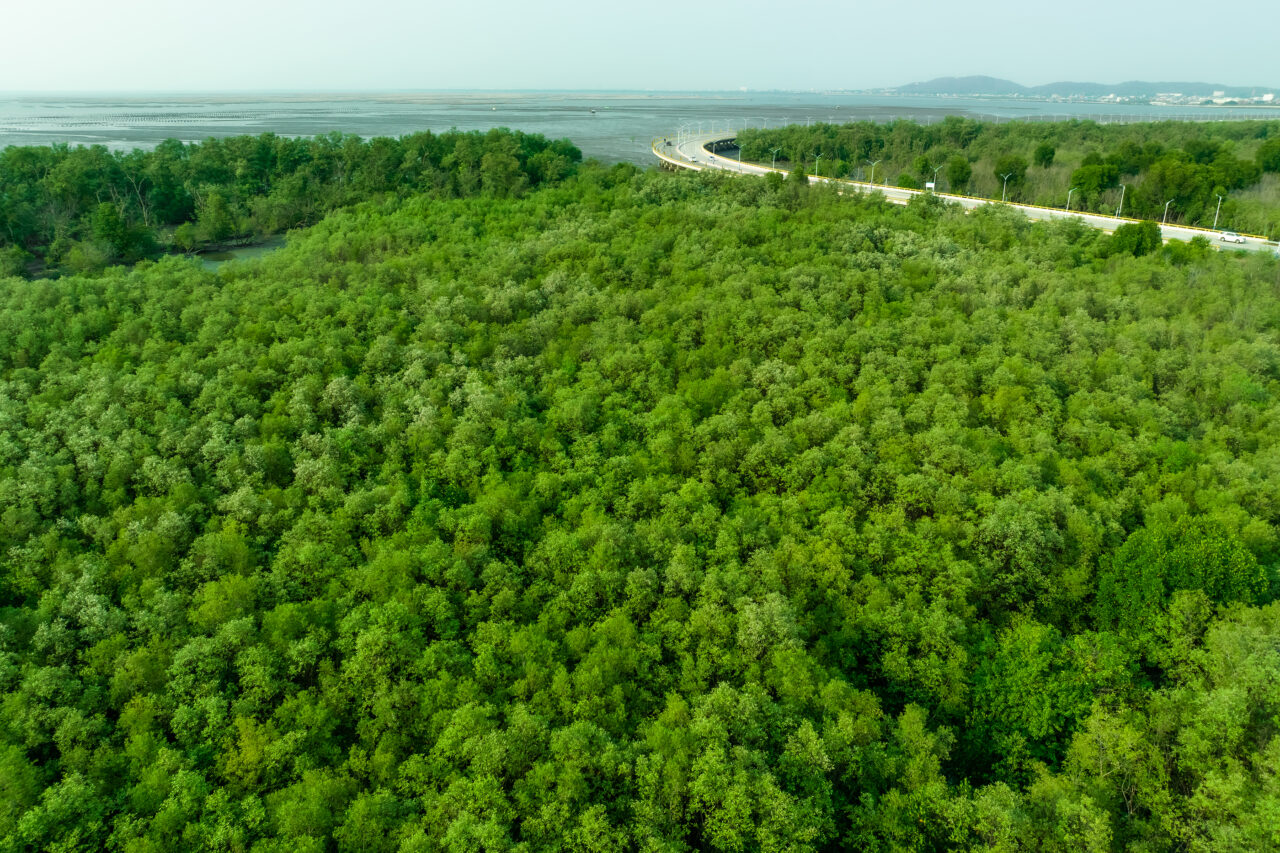As a key strategy for removing carbon dioxide from the atmosphere, carbon sequestration has become a critical tool in the fight against climate change. Put simply, carbon sequestration is the process of capturing and storing carbon emissions before they are released. This helps mitigate global warming by literally pulling greenhouse gases out of the air and oceans. There are two main approaches: physical sequestration that stores CO2 underground or in long-lasting materials, and biological sequestration that uses plants and natural chemical reactions to absorb carbon. When done effectively, sequestration can offset hard-to-abate carbon emissions.
When it comes to carbon sequestration, not all projects are created equal. Some capture methods have greater capacity for reduction and storage. Strategies with the most potential rely on natural solutions and permanent or very long-term storage. Here, we can take a look at some of the more common and effective carbon sequestration projects that are being carried out throughout the world:
- Reforestation – Reforesting degraded land captures CO2 from the atmosphere through photosynthesis. Other benefits include restoring biodiversity, improving soil health, reducing erosion, and regulating local climate and water cycles. Community-based reforestation projects can also provide jobs.
- Biochar – Adding biochar, a stable charcoal, to agricultural soils sequesters carbon for hundreds to thousands of years. It also enriches soil to increase fertility and agricultural yields. Making biochar can utilize agricultural waste and residues as feedstock.
- Direct Air Capture – Direct air capture uses chemical reactions or adsorbent materials to remove CO2 directly from ambient air. This provides pure CO2 for storage or utilization. Once operational, the systems can continuously extract greenhouse gases.
- Geological Sequestration – Injecting captured CO2 into subsurface geologic formations for permanent storage keeps the emissions securely out of the atmosphere. Suitable sites include depleted oil and gas reservoirs and deep saline aquifers.
- Ocean Sequestration – Reactions between CO2 and seawater can convert absorbed emissions into stable carbonate minerals and bicarbonate. This offers potentially vast carbon storage capacity in the oceans. Enhanced ocean alkalinity could further boost sequestration.
- Bioenergy with Carbon Capture – Combining bioenergy generation with carbon capture and storage provides permanent sequestration. The CO2 emitted when creating energy from biomass is captured before being released.
- Mineralization – Reacting CO2 with abundantly available metal oxides leads to stable carbonate minerals. The carbon can be stored safely for geological timescales. Ex-situ projects use captured emissions, while in-situ methods inject them underground.
- Building with Timber – Using sustainably sourced timber and bamboo as construction materials embeds atmospheric carbon into the structures. The CO2 remains locked in the wood as long as the buildings are standing.
